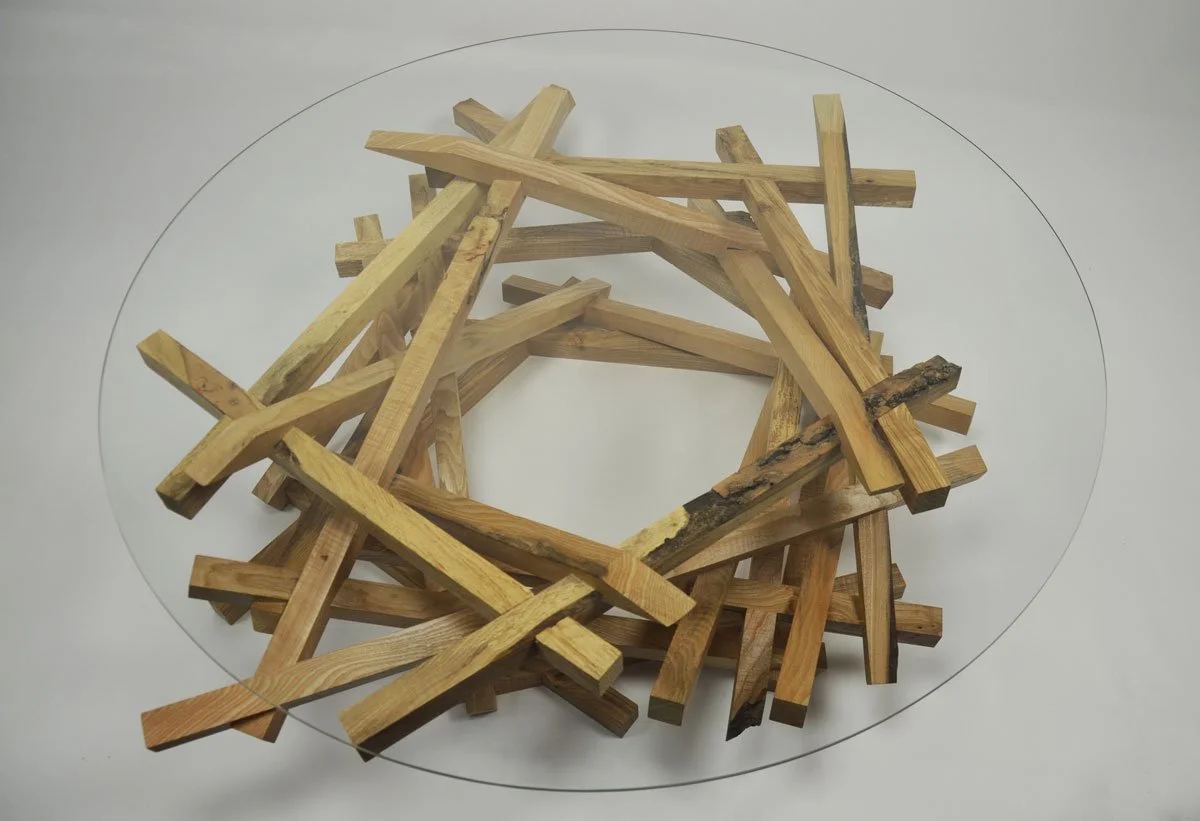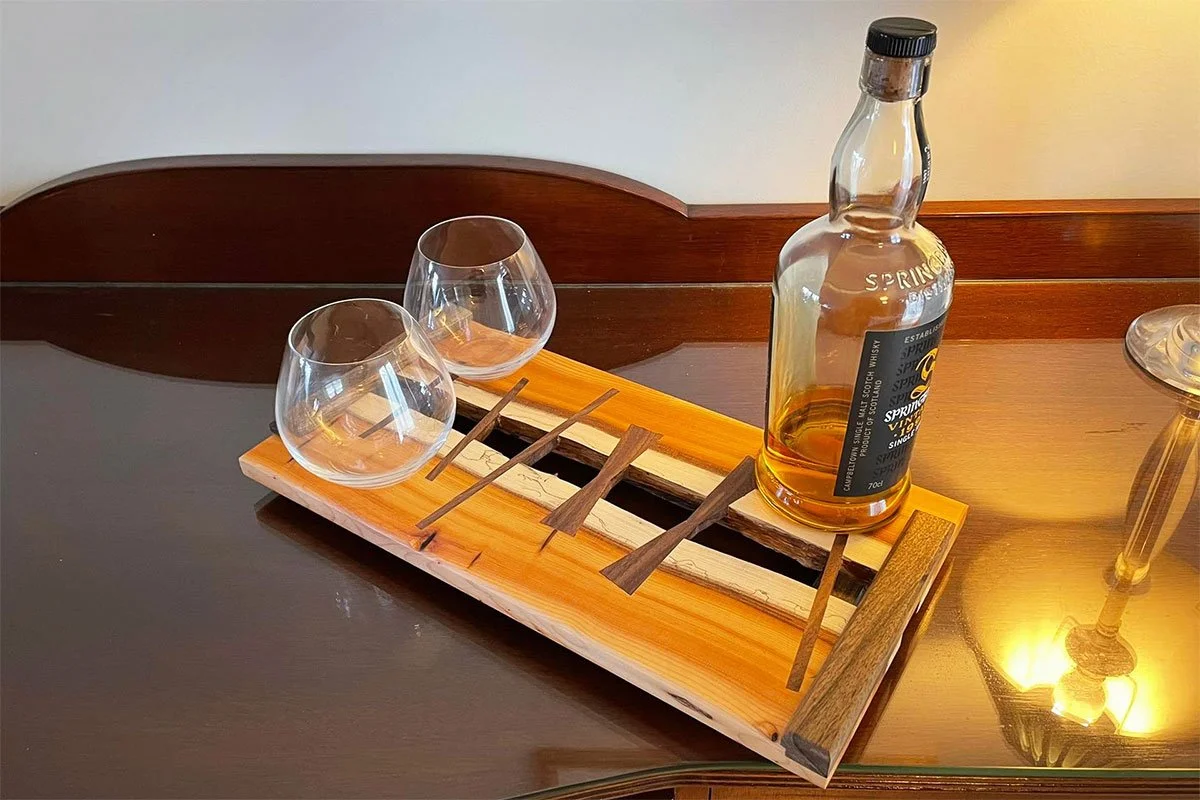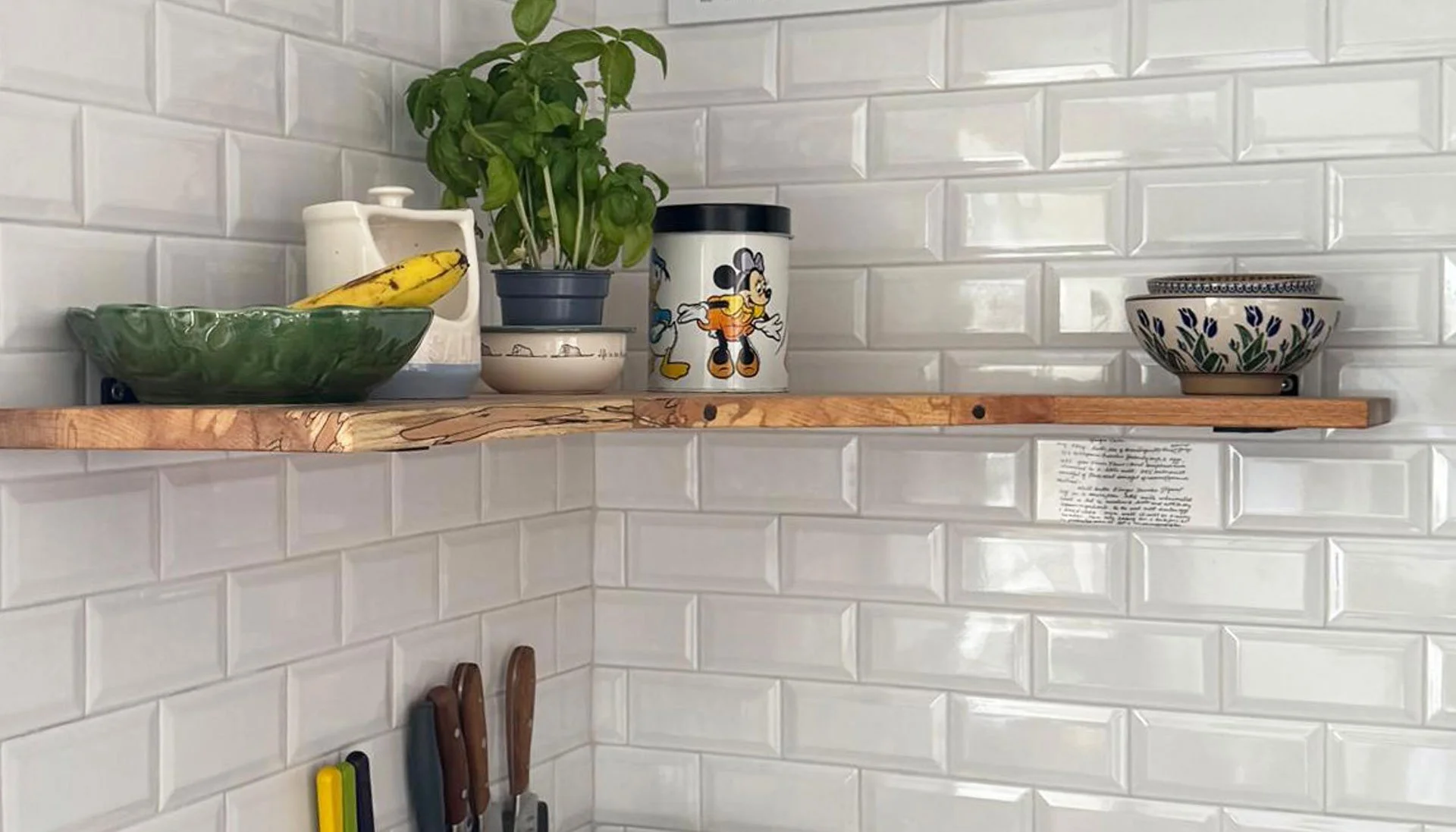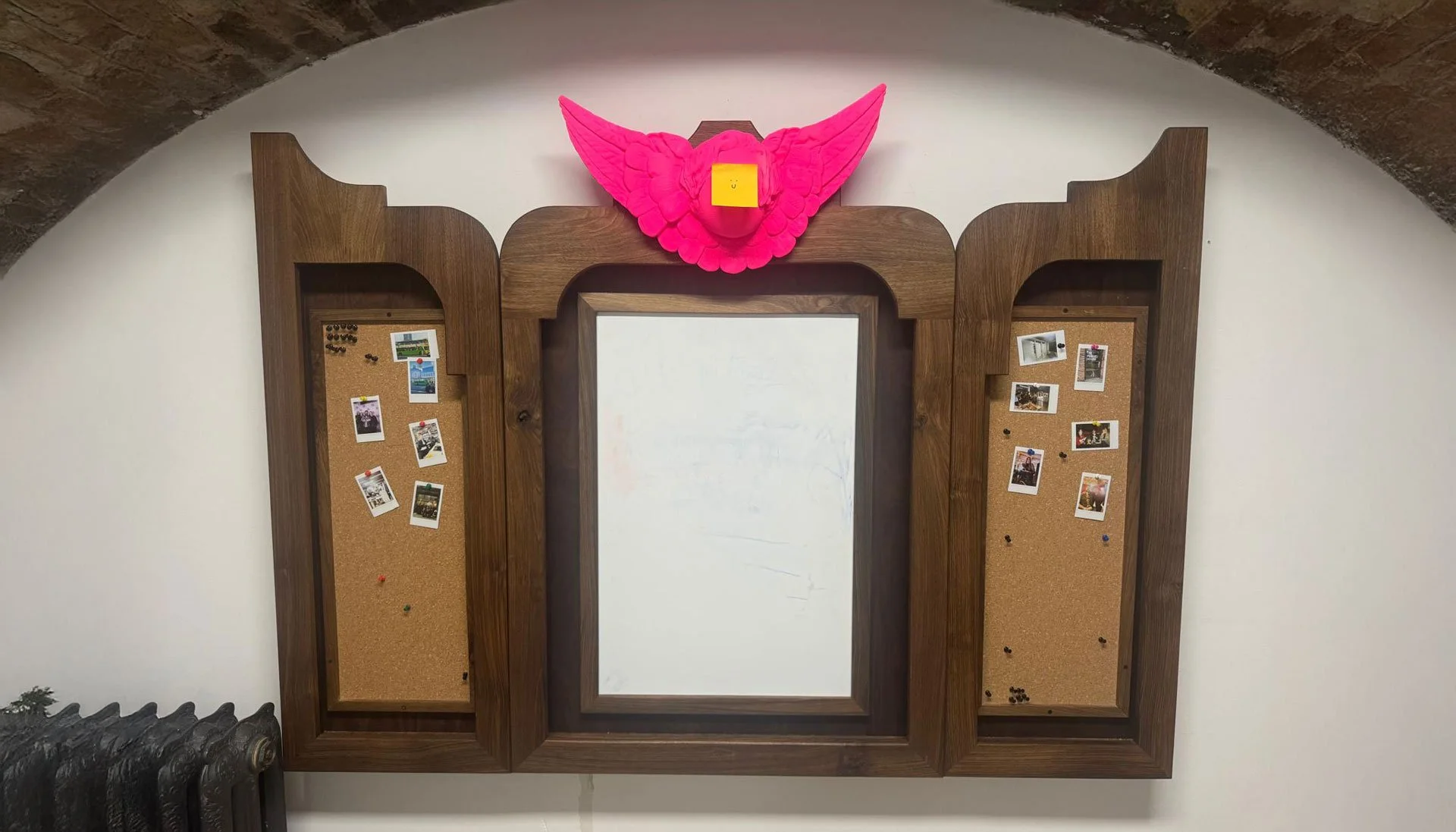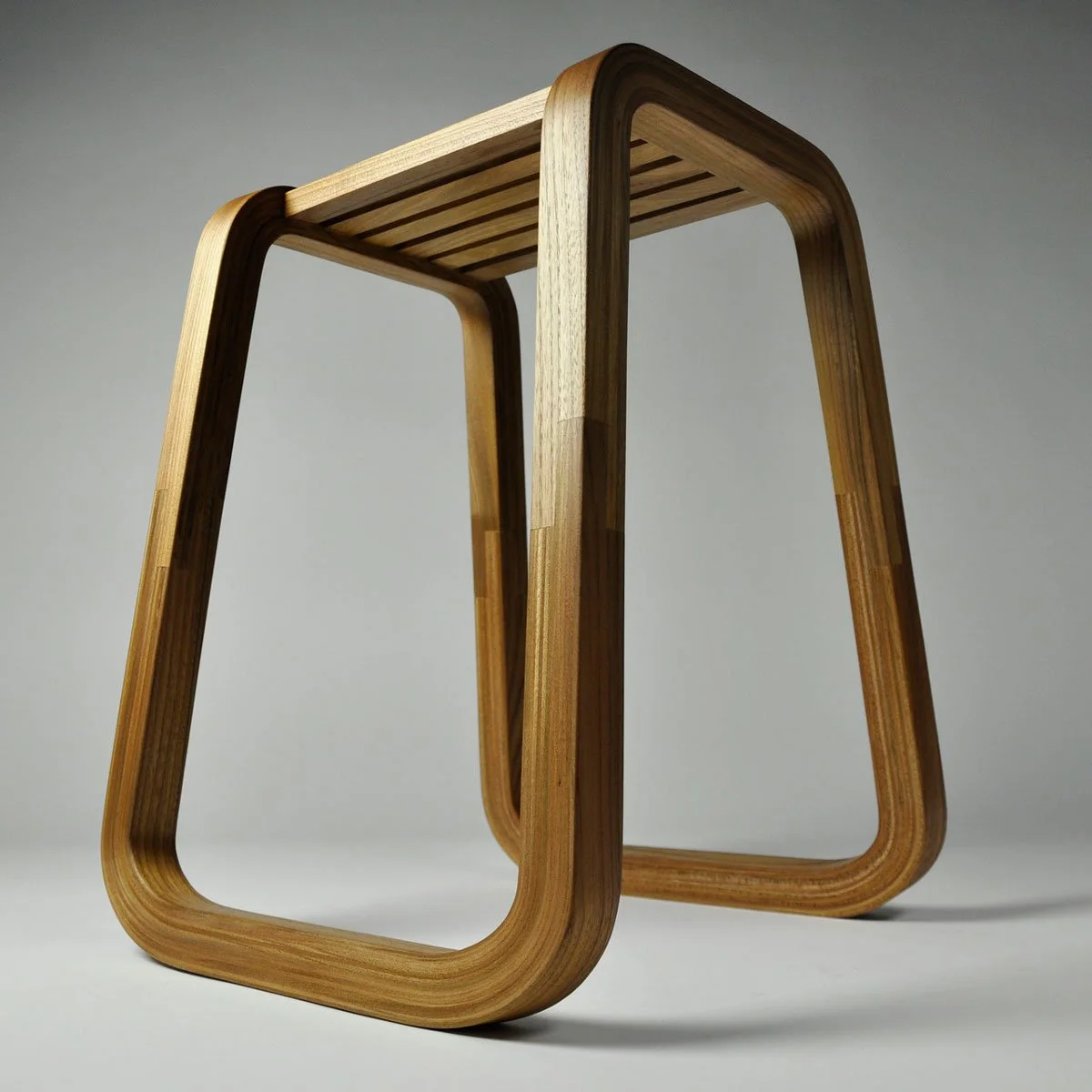Bespoke Irish Furniture, Designed for the Way You Live
Handcrafted in Dún Laoghaire, Éalú creates contemporary, minimal furniture rooted in Irish timber and made uniquely for your home.
At Éalú Furniture Design & Manufacture, Conor Cremins creates contemporary, bespoke furniture that brings a sense of calm, warmth and individuality to modern homes. Inspired by Éalú — the Irish word for escape — each piece is designed as a quiet retreat from the everyday: functional, sculptural, and made to last a lifetime.
Working from his workshop in Dún Laoghaire, Conor specialises in one-off commissions that allow homeowners to celebrate their space with a piece that truly reflects who they are. Conor is also a winner of Irish Country Magazine's Furniture Maker Award, has had furniture displayed at the Stockholm Furniture Fair and is a member of the Design and Craft Council of Ireland nominee who sells under the Made Local campaign.
This is timeless Irish craftsmanship, designed with intention and built with care.
Projects
Oak Corner Kitchen Bench
A custom corner kitchen bench built in solid oak with live edge detailing, designed for comfort, storage and everyday use.
Spalted Beech Kitchen Shelving & Sills
Custom shelving and window sills in spalted beech, adding warmth and natural character to a classic kitchen.
Walnut Studio Notice Board
A custom three panel notice board built in walnut veneer and solid Irish hardwood, designed for a busy creative studio.
What Éalú Offers
Bespoke Furniture Commissions
From concept to finished piece, Éalú offers a full design-led process tailored to your home. Every commission begins with a consultation to understand your needs, your style, and the role the piece will play in your space.
Built-Ins & Fit-Outs
For clients seeking something more integrated, Éalú also designs and builds fitted furniture and custom installations that elevate interiors with clean lines and natural materials.
Furniture Design & Manufacture
Whether you’re furnishing a first home or creating a statement piece for a room you love, Éalú guides you from initial sketches through to hand-crafted completion.
Trade Collaborations
Éalú welcomes collaboration with architects, interior designers and creative studios seeking contemporary, Irish-made furniture crafted with a meticulous design eye.
Irish Timber, Local Craft
Sustainability sits at the heart of Éalú’s process.
Working primarily with solid Irish hardwoods, Conor sources timber through Irish suppliers in an effort to support local industry and maintain a circular, low-impact approach to making.
Éalú is also proud to be part of Design & Crafts Council Ireland (DCCI), supporting Ireland’s tradition of craftsmanship and contemporary design.

